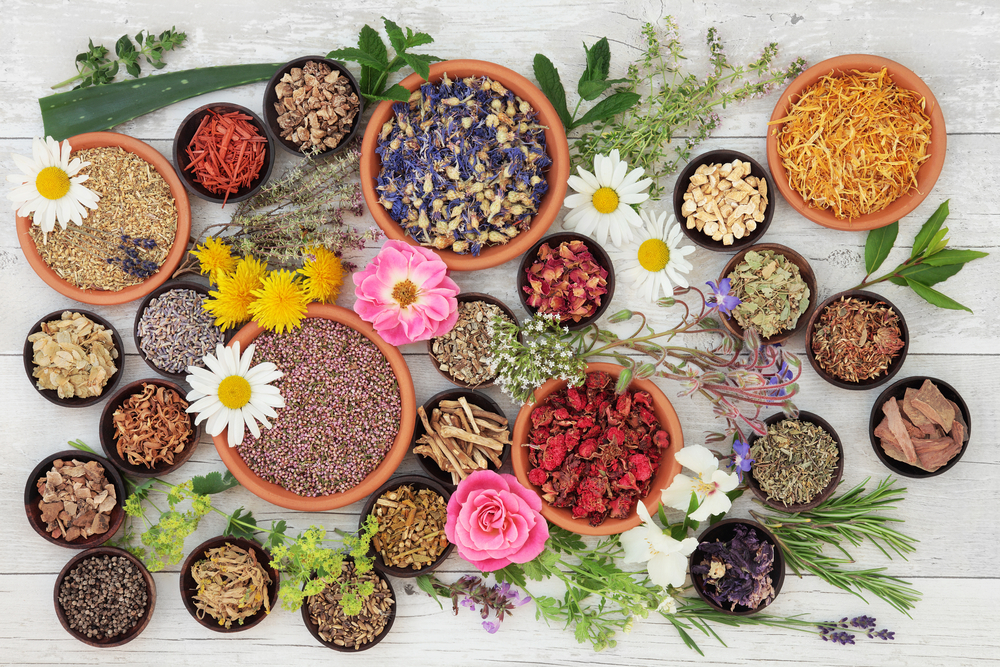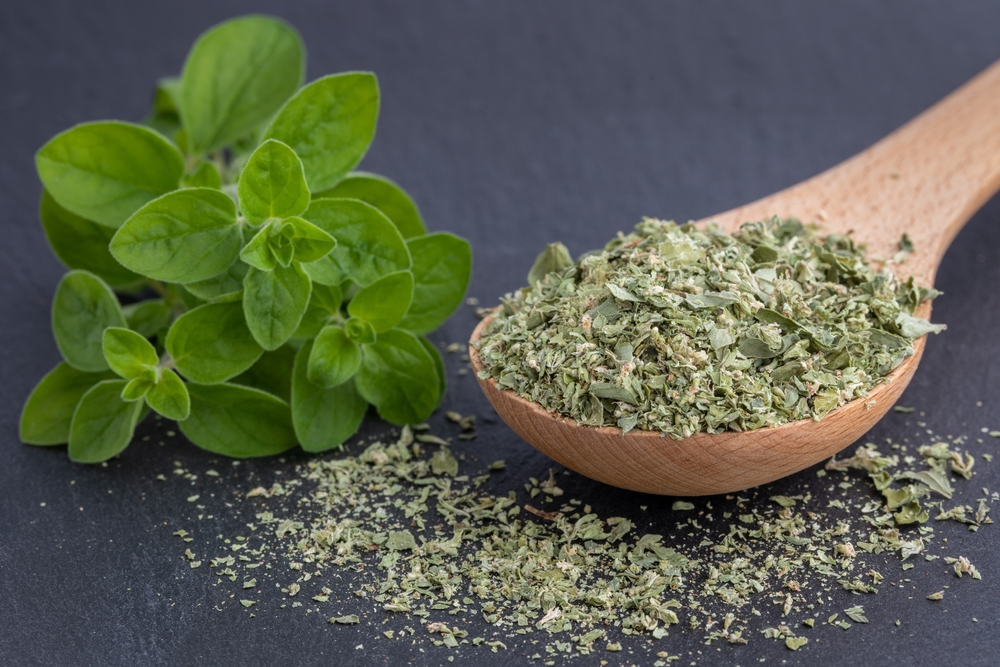Spices have played a vital role in human history, shaping cultures, economies, and cuisines around the world. These aromatic and flavorful substances, derived from various parts of plants, have been treasured for their ability to enhance food, preserve ingredients, and even provide medicinal benefits. The journey of spices from farm to table is a fascinating process that involves cultivation, harvesting, processing, distribution, and finally, culinary application. This essay explores the intricate journey of spices, highlighting the various stages and the global interconnectedness that brings these essential ingredients to our kitchens.

Cultivation and Harvesting
The journey of spices begins on farms, often in tropical and subtropical regions where the climate is conducive to growing spice plants. Each spice requires specific conditions for optimal growth. For instance, black pepper thrives in humid environments with consistent rainfall, while saffron, the most expensive spice in the world, needs dry, sunny conditions and well-drained soil.
Farmers play a crucial role in the cultivation process, employing traditional and modern agricultural techniques to ensure high yields and quality. They carefully select seeds, prepare the soil, and monitor plant health throughout the growing season. Harvesting spices is often labor-intensive and time-sensitive. For example, saffron stigmas must be hand-picked from flowers during a brief blooming period, while vanilla beans require months of careful curing after being harvested.
Processing and Drying
Once harvested, spices undergo various processing methods to enhance their flavor, aroma, and shelf life. Processing techniques vary depending on the spice. Some spices, like black pepper and cinnamon, are dried in the sun or using mechanical dryers. Drying reduces moisture content, preventing mold and bacterial growth, and concentrating the spice’s essential oils.
Other spices, such as vanilla, require more complex curing processes. Vanilla beans, for example, are blanched, sweated, and dried over several months to develop their characteristic flavor. During this stage, spices may also be cleaned, sorted, and ground into different forms, such as whole, crushed, or powdered, depending on their intended use.
Quality Control and Packaging
Ensuring the quality and safety of spices is paramount. Quality control measures are implemented at various stages of the spice journey. Laboratories test for contaminants, such as pesticides and heavy metals, and verify the spice’s purity and potency. Spices are also graded based on factors like color, size, and aroma, which determine their market value.

Packaging plays a crucial role in preserving the quality of spices during transportation and storage. Spices are typically packed in airtight containers or vacuum-sealed bags to prevent exposure to air, moisture, and light, which can degrade their quality. Proper labeling is also essential, providing information about the spice’s origin, grade, and best-before date.
Distribution and Trade
The global spice trade is a complex network involving farmers, processors, exporters, importers, and distributors. Spices are transported across vast distances, often changing hands multiple times before reaching their final destination. Major spice-producing countries, such as India, Indonesia, and Madagascar, export large quantities of spices to meet global demand.
Distribution channels include wholesale markets, online platforms, and retail stores. Logistics companies play a vital role in ensuring that spices are transported efficiently and safely, maintaining their quality throughout the journey. Trade regulations and standards, such as those set by the International Organization for Standardization (ISO) and the Food and Agriculture Organization (FAO), help maintain the integrity of the spice supply chain
Culinary Application
The final stage of the spice journey is their use in culinary creations. Spices are integral to cuisines worldwide, adding depth, complexity, and cultural identity to dishes. From the fiery heat of chili peppers in Mexican cuisine to the fragrant blend of spices in Indian curries, spices are indispensable in cooking.
Culinary professionals and home cooks alike experiment with spices to create unique flavors and aromas. Spices are used in various forms, such as whole spices for infusions, ground spices for seasoning, and spice blends for convenience. Beyond their culinary uses, spices also find applications in beverages, cosmetics, and traditional medicine.
Summary
The journey of spices from farm to table is a remarkable process that reflects the intricate interplay of nature, human ingenuity, and global trade. Each stage, from cultivation and harvesting to processing, distribution, and culinary application, contributes to the rich tapestry of flavors that spices bring to our lives. As we savor the taste and aroma of spices in our meals, it is worth appreciating the dedicated efforts of farmers, processors, and traders who make this journey possible. The story of spices is a testament to their enduring significance in our world, transcending borders and enriching our culinary experiences.
